The History of Sushi in Japan from Narezushi to Nigiri
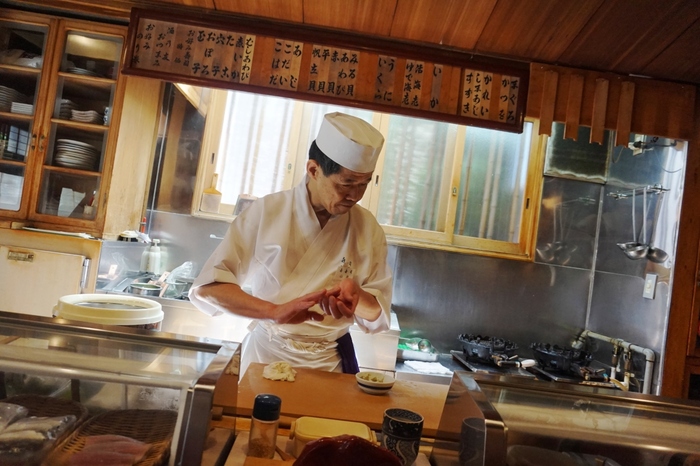
What is sushi, really? Where did it come from? We usually eat sushi without thinking too much about its roots. We just assume that the sushi we’re eating now is the same dish now as it was from the beginning--raw, over rice, and delicious. Sushi has come a long way since its beginning, however, and the history of sushi is a lot more interesting than you think. In this article, we give an overview of how sushi came about, the different types of sushi, and how its kanji, cost, and the way people eat it has changed throughout the years.
1. Narezushi: The Origin of Sushi
Contrary to what you may guess, sushi did not start as today’s famous nigiri sushi, where toppings like fish are put on top of oval-shaped balls of vinegared rice. The original form of sushi would be what we now call narezushi, translated directly as “matured sushi”. Narezushi is a dish of fermented fish that involved cooking rice or wheat grains, and storing fish in the grains to allow for lacto-fermentation by lactic acid bacteria. Fermented food has nutrients from the micro-organisms that were involved in the fermentation process that the original ingredients did not have. Narezushi spread from its supposed place of origin, Southeast Asia, to China, and then to Japan as a sort of health food.
2. Narezushi Gains Popularity
Narezushi was said to have reached the peak of its popularity in China’s Song Dynasty (years 960-1279). Sushi, a health food that harnessed the power of lactic acid bacteria, was well-loved, and it is said that people used this technique to pickle fish and meat with vegetables, and even insects were made into narezushi. It is believed that narezushi was most likely spread to Japan in the late Jomon Period, along with the cultivation of rice. Narezushi was so popular that people wrote songs about it, and there are even records of people paying annual tributes using narezushi.
3. Made with Fermented Fish
Sushi used to be written in Japanese as 鮨 or 鮓, the former being a compound of the words fish and delicious, and the latter being a compound of the words fish and sour. The reason was this: the starch and carbohydrates contained in grains like rice break down in a process of lacto-fermentation, making it gooey and sticky. The lactic acid bacteria then forms acetic acid, adding vitamins and a sour taste to the mix. This sourness brings the taste of the fish and rice together in a mysteriously delicious way, and the Japanese eventually used this knowledge to keep creating better tastes.
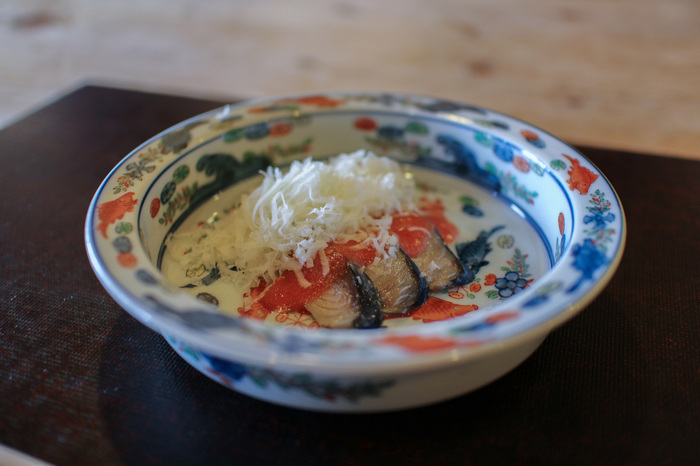
4. The spreading of narezushi
Narezushi was said to have reached the peak of its popularity in China’s Song Dynasty. Sushi, which was a health food that harnessed the power of lactic acid bacteria, was well-loved, and it is said that people used this method to pickle fish and meat with vegetables, and even insects were made into narezushi. It is believed that narezushi was most likely spread to Japan in the late Jomon Period together with the practice of rice cultivation. "Narezushi" was as well-loved as it was in Song, and there are even records of people paying annual tributes using narezush.
5. New Techniques Begin to Emerge
In the Muromachi period (years 1336-1573), the earliest form of the sushi we eat today started to appear. Being a lacto-fermented food, narezushi took at least a few months to become fully fermented. Because people didn’t want to wait that long, they started to eat the it in the middle of the fermentation process when the rice was still intact, and added vinegar to reproduce the sourness of the lacto-fermented food when vinegar started to be produced. This was called hayazushi, or “fast sushi”. The use of vinegar in hayazushi lead to the making of hakozushi (literally translated to “box sushi”), to present-day oshizushi (“pressed sushi”), and nigiri sushi as well.
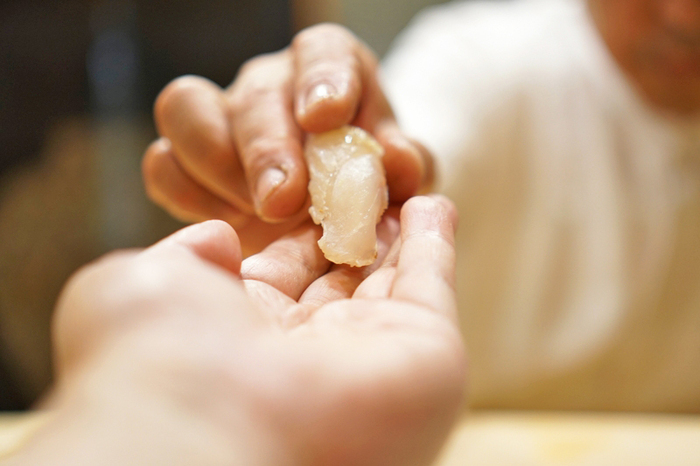
6. Sushi Made Impossibly Fast
Following the start of the Edo Period (years 1603-1868), a new kind of sushi was born. That was the origin of nigiri sushi that we know of today. Nigiri sushi was made so quickly that someone wrote a poem, describing it as, “Molded by sorcery, nigiri sushi.” The ever-impatient people of Edo loved that it could be made in the blink of an eye with hand motions that looked like sorcery. A restaurant, Hanaya Yohei, which popularized Yoheizushi, was said to have invented it. The sushi culture in Japan separated into two distinct styles, with the Kansai region’s oshizushi and the Kanto region’s nigiri sushi.
7. Bye-Bye Fermented Fish, Hello Edomae Sushi
The restaurant Hanaya Yohei, which invented nigiri sushi, went on to make large contributions to sushi culture. They created Edomae sushi, literally “Edo style sushi”. As seen from its name, this was a type of sushi that used seafood caught directly from Tokyo bay, and was a method of making sushi that bloomed in the Edo period, where food preservation technology had not been developed yet. Chefs served the sushi according to the characteristics of each fish, making it quickly so it could be eaten quickly, showed the spirit of the Edo people. The soy sauce-based marinade used to pickle the tuna went bad quickly, however, which meant sushi always had to be served fresh.
8. What was the Cost of Sushi?
Edomae sushi was served as street food in pushcart food stalls, and was said to have been food enjoyed by the masses. Therefore, many people think that the Edomae sushi restaurants nowadays are charging exorbitant prices, but was sushi really a cheap and good food for the common folk back then? In the book “Kozo no Kamisama” by Naoya Shiga, where sushi was one of the main focuses, in 1919, the price of one piece of sushi was 6 sen (approximately 600 yen today). To be satisfied, one had to eat at least 2 or 3 pieces of sushi, which totalled up to about 20 sen. To give perspective, back then a bowl of soba or udon was said to be about 7 or 8 sen, telling us that sushi was just as expensive then as it is now.

9. The History of Sushi’s Kanji
Sushi was originally written as 鮨 or 鮓, meaning “delicious fish,” or fish that was lacto-fermented in rice. With the rise of nigiri sushi, it is now written as 寿司, meaning “rule of longevity,” with fish served on top of vinegared rice. When did the change in characters come about?
This was possibly during the period that Hanaya Yohei opened shop. The people of Edo were known for being superstitious, who would thank the heavens for the first bonito harvest of the season, buy decorative rakes with lucky charms for good fortune during the Tori-no-Ichi Fair, and often went on pilgrimages to the Ise Shrine as their greatest leisure activity. The current characters for sushi (寿司) signify good luck, fortune, and celebration. The name change was allegedly used as an advertising tactic to convince people to buy more sushi to bring them good luck. The name stuck till this day.
10. How Eating Sushi Has Evolved
Fish that did not keep fresh for long were considered to be at the bottom of the sushi rankings, and were mainly only used in street stalls. As tune was difficult to keep, it was not used often at shops like Hanaya Yohei. Circumstantially, however, Edomae sushi came about in the 1820s, around the same time refrigerators were invented in the West.
The influx of Western culture and technology with the times impacted the sushi industry greatly. As keeping tuna fresh by making ice became possible, tuna quickly rose from its low position and became the king of sushi. In the Meiji period when the culture of eating meat dishes like sukiyaki developed, people developed tastes for eating food with stronger tastes, and hence started to eat the belly portion of the tuna as well. Tuna is now one of the most popular sushi varieties.
Later, in the post-war Showa era, when the country suffered from food shortages, sushi restaurants started a system in which customers could bring rice as payment in exchange for the sushi chefs to make them sushi. Many toppings were added on top of the rice, revitalizing the sushi culture yet again. Sushi has changed much through the times, but people have been enjoying it no matter what age they were in.

The origin of sushi isn’t exactly what many people thought it was. Now that you know a little more about the history of sushi in Japan, from its origins of fermented fish to narezushi, all the way to nigiri sushi, it’s time to go out and try some for yourself. Be adventurous and try a variety you’ve never eaten before!
Register account first.
Register

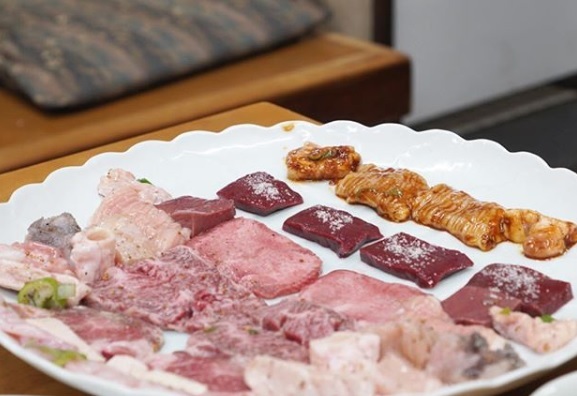
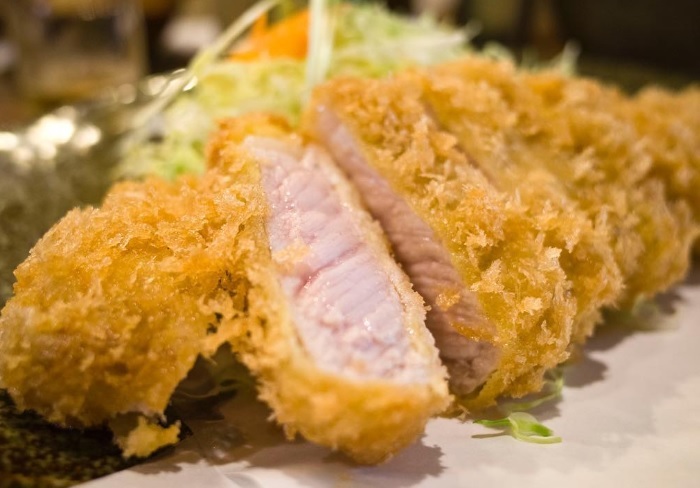
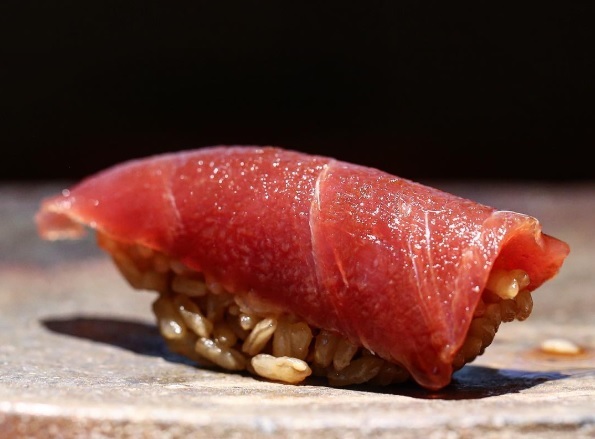
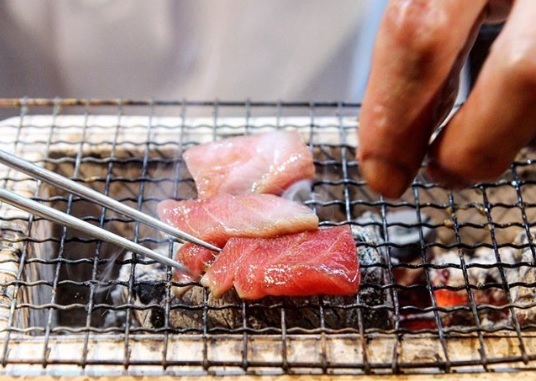





Comments 1
1
Kengo Yamada
Tokyo gourmet emperor/German cars for life/Dan beste, oder nichtsThe true roots of sushi even unknown to the Japanese.
Visit a sushi place after reading this article and the sushi on your hand is guaranteed to have an even greater depth of flavor. Yeah, a must read for sushi fans.